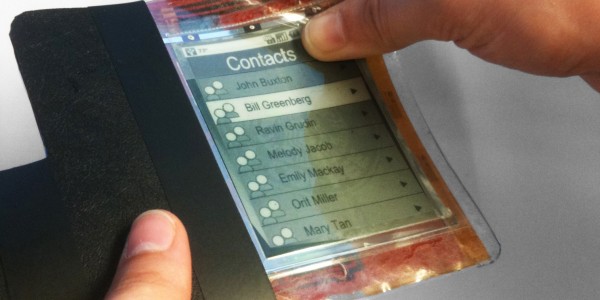When you think of electronics, what typically comes to mind? Maybe wires and processors, a green circuit board, or maybe even an electronic device like a smartphone or servo motor. Whatever you think of, it’s probably rigid, or at least protected by a hard casing to keep it from bending or breaking. Because we all know that if you bend a circuit board, it will no longer work the way it’s supposed to.
At least, that’s been the case for a long time, but that all changes with flexible electronics. Flexible electronics can be bent, folded, and manipulated, and still function perfectly.
Flexible electronics is a blossoming technology. Well, blossoming might be too delicate a word. The technology is actually erupting with all the ferocity of a nuclear bomb wrapped in dynamite. Some estimates put the market for flexible electronics at $76.79B by 2023, more than tripling the current market in fewer than 10 years.
What’s so great about flexible electronics? They are lightweight, durable, malleable, and affordable. Those are all important to innovation and new applications for electronics.
One area in which flexible electronics will have a major impact is with wearable technology. The highly anticipated Apple Watch is one of the higher profile devices that incorporates flexible electronics. The smart watch uses a flexible display.
Although Apple’s new watch uses a display that is flexible, it is fixed to a solid panel. This means that you can’t actually bend, roll, or otherwise fiddle with the screen. Even though you don’t get the novelty of flexing the display, this is a big step for flexible electronics, and could lead to more frequent usage in more products.
Wearable technology is important to manufacturing in that it is an important part of the Industrial Internet of Things (IIoT). The ultimate vision for the IIoT is not only connecting machines to machines, but also connecting human workers. You can imagine a work uniform with a flexible electronic device incorporated into the garment itself. The more advanced and seamless wearable technology is, the easier it will be to integrate it into IIoT, and flexible electronics could facilitate all of that.
